Black mirror [1] prepared us for what would follow. And late 2022 was the beginning. Life won’t be the same from this point. Or it has changed a long time ago without us being able to realize it?
It is November 2022 [2]. OpenAI introduces their new application called ChatGPT. The tech world, and not only, looks with eyes and mouth open without making any sound.
Few months later, we read articles written by AI. We read about jobs that will disappear because of the AI. New applications published almost every day, that promise they will take advantage of the AI revolution and automate things to a point where people will have as little input as possible.
Just a prompt. They are telling us that this will be the engineer of the future. Prompt Engineer. The guy with the best prompts gets the cash. And the world keeps moving.
The dystopic future has become present. All our devices are not just for entertainment or communication. They have become advertising billboards. All our moves, thoughts and feelings are being analysed with the ultimate target: Buy more.
Apple, decided to restrict the tracking on their devices and Facebook’s shares dropped like a rock from a cliff. What an amazing day it was [3]. But it’s just a drop of water into the ocean. An ocean of fake smiles, fake lips, and fake asses. Now, every barbie wants their lips to get infilled. At the gym training your butt to get Kardasian like results is the main target. Onlyfans promotes “women empowerment” (getting naked at the cost of a cheeseburger?). Instagram and TikTok has become the absolute space of super happy emptiness and the biggest ad-space so you will be tempted to buy stuff that you don’t want by people called “influencers”.
When I first heard about the “Dead Internet Theory” [4] I laughed. Then I started thinking I was like: “Wtf, it might be true”. Or at least part of it. (The theory circulating around suggesting that internet is full of bots and AI is managing them since mid-2010s and a big chunk of your online interactions is not with real people but with bots, with the target to make you buy more products.)
And then I started looking around. And I realised we are not alone on the internet. With us are our fake digital friends. Bots that keep us company. With some search there is a huge number of articles for Big Tech vs Bots. In 2018 YouTube axed millions of bots [5]. TikTok and Instagram still have a problem being full of bots and fake user [6], [7], [8], [9], [10]. Also, not to forget how Elon Musk tried to avoid buying Twitter. He brought up the bot problem [11] [12]. And then we have LinkedIn. The most gringe social network where people (or bots) are fake on almost everything, from articles written by AI to fake happiness posts, fake love and appreciation and even fake charities. [13] [14] [15] [16]
And, like we did not have enough, we have fake music. Spotify recently removed tens of thousands AI generated songs. [17]
All of these might seem disconnected. Everyone knows we have a bot problem. It’s going on for years. We got used to it. And on the other hand, we have AI. A fairly new addition to our digital life. But how those things connected? Well, they are. Microsoft has big stake into OpenAI (the company behind ChatGPT) and Bard is Google’s AI. Also, Microsoft owns LinkedIn and of course google is the mother of tracking user behaviour alongside with Facebook. Facebook also owns WhatsApp and Instagram. Now you can see the pieces of the puzzle. The biggest tech companies also own the best AI machines out there. And the main purpose is? Of course to create profit. Dystopian future doesn’t seme that far away anymore. Is it?
But what will the future bring? I don’t think it will bring much, especially with inflation near 10% (or more), a war taking place and people demanding more war instead of peace, energy prices soaring while politicians blame the war for this, but they are the ones who created the energy crisis before the war started [18]. Generally, “Black Mirror” was a very good guide that should be taken into consideration when you are questioning how bright the future will be. I would suggest though, to meet more with real people, speak more and enjoy nature as much as you can. Scrap this virtual world and that rat race. Do things that you enjoy and fulfil you and don’t consume that much. You don’t need that new phone and this new pair of headphones. The old ones still work fine.
References:
[3] Apple announces privacy changes affecting Facebook stock price
[4] Dead Internet Theory Wikipedia
[5] Youtube removed millions of bots
[7] Instagram is deleting fake followers
[8] Wired article on Instagram’s fake followers
[9] Fake Instagram influencers
[10] NY Times article on fake Instagram influencers
[11] Yale Insights about twitter bot problem
[12] RAND article about Elon Musk’s allegation regarding twitter bots
[13] The Guardian on LinkedIn fake profiles problem



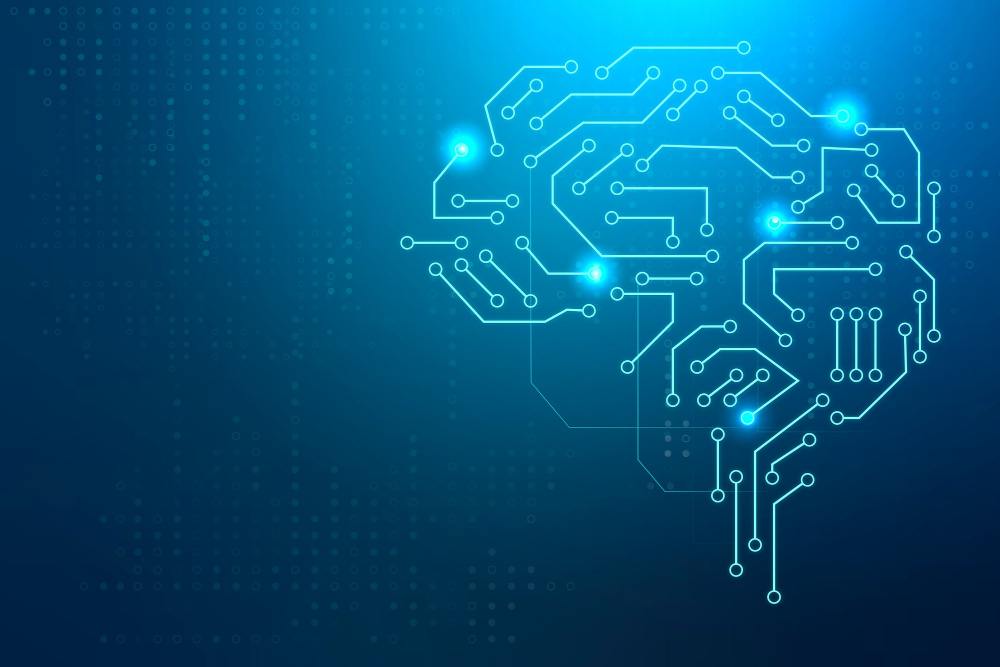
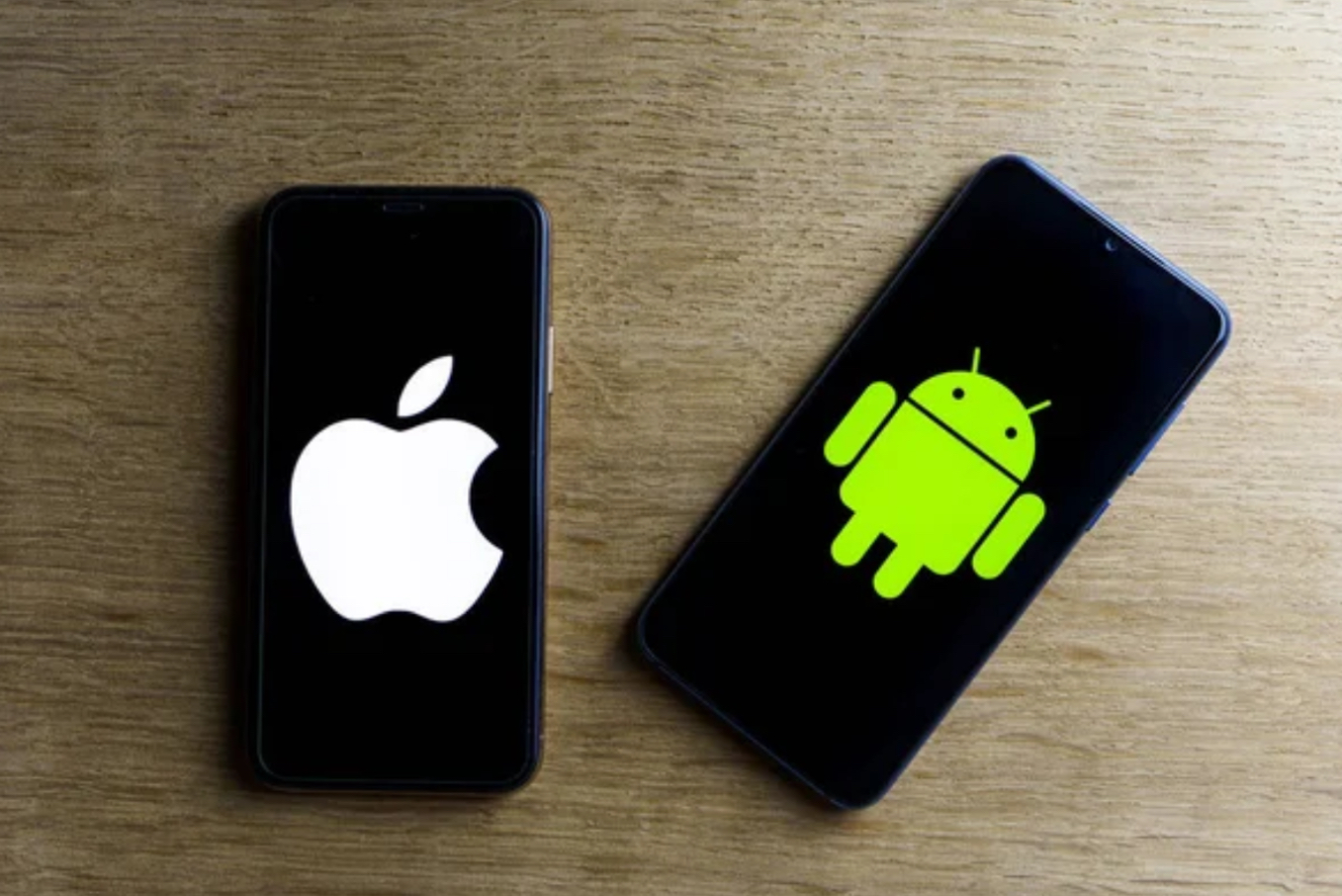
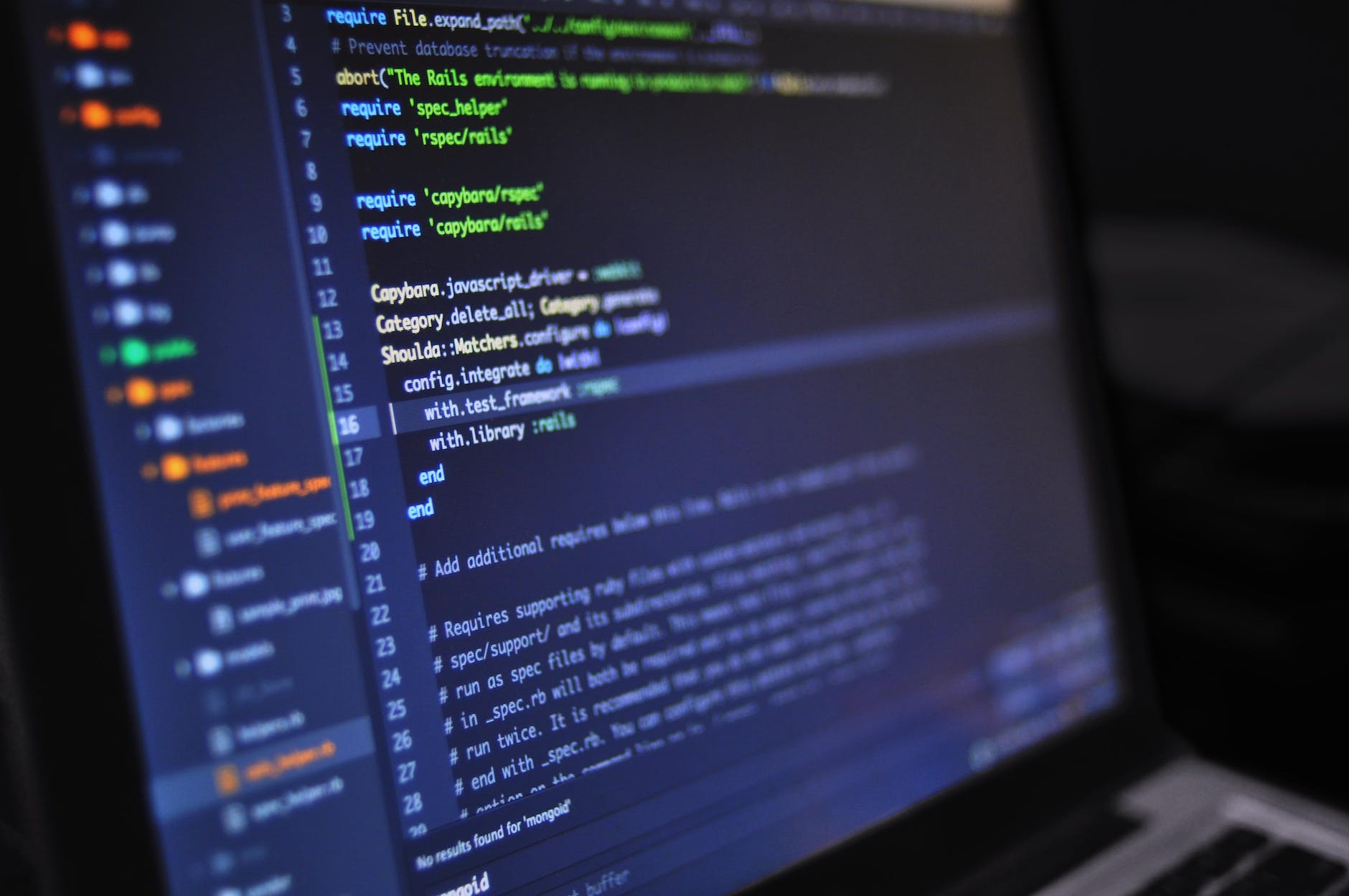
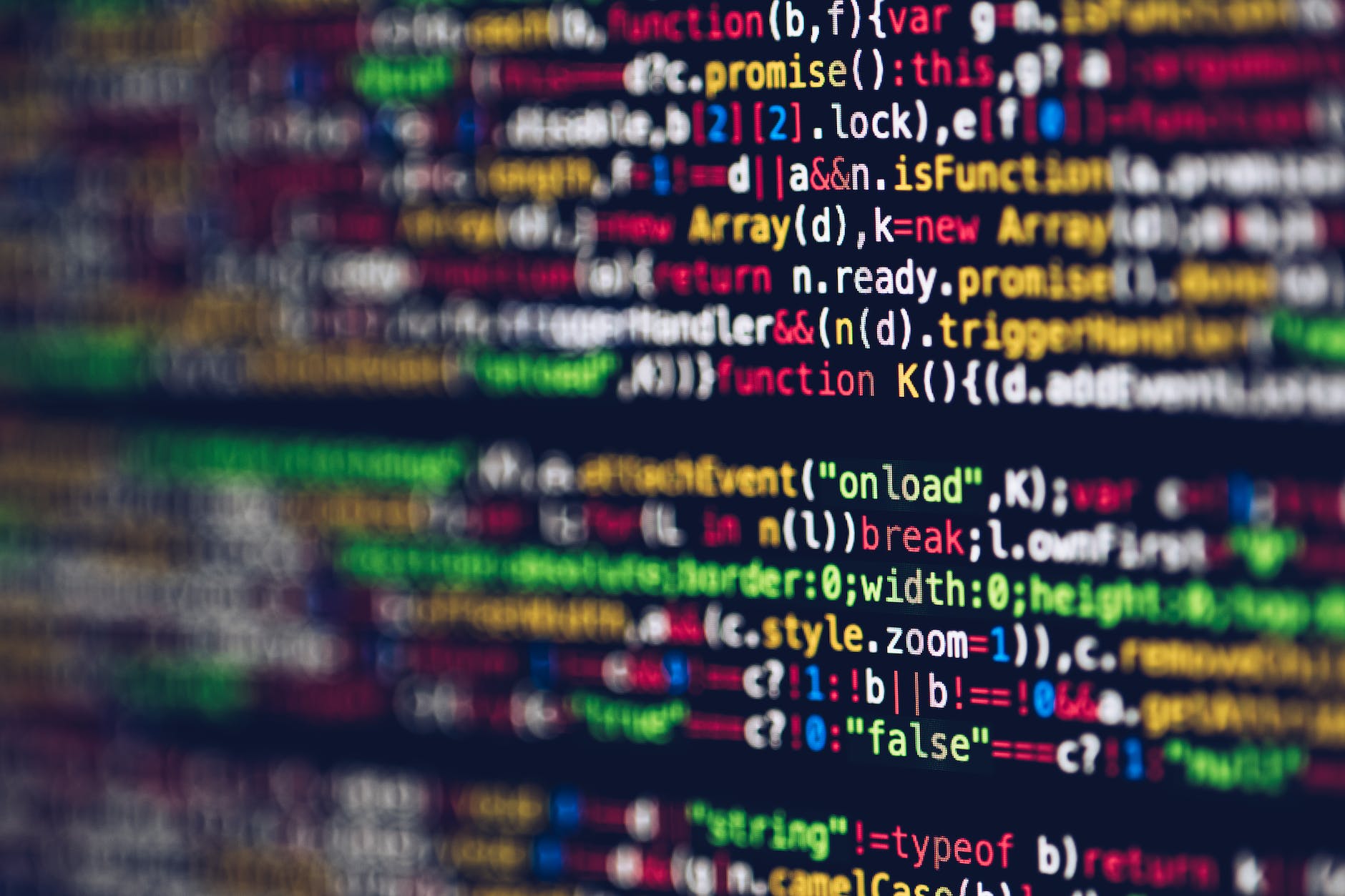

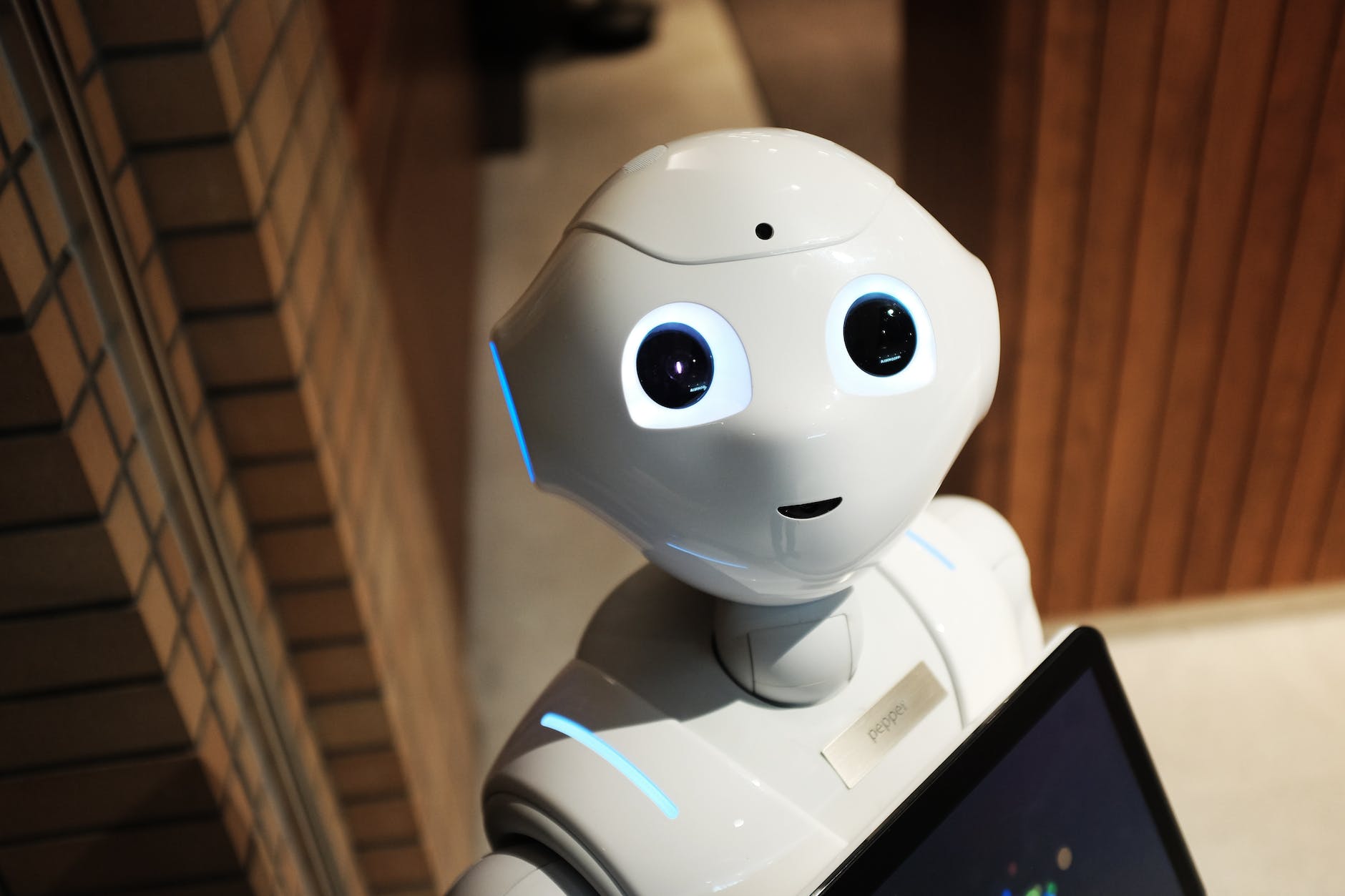

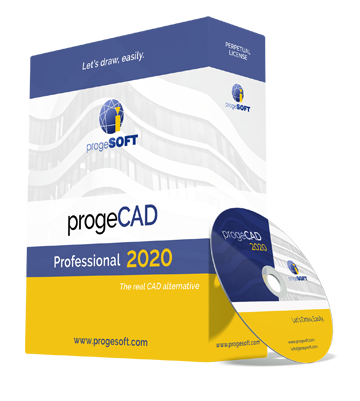 Due to my last job demands, I was searching for an alternative to AutoCAD that could do the same job. Between many different choices I had, one caught my eye. It was the ProgeCAD that
Due to my last job demands, I was searching for an alternative to AutoCAD that could do the same job. Between many different choices I had, one caught my eye. It was the ProgeCAD that  Excel.
Excel. We provide high quality CAD solutions to your needs.
We provide high quality CAD solutions to your needs.